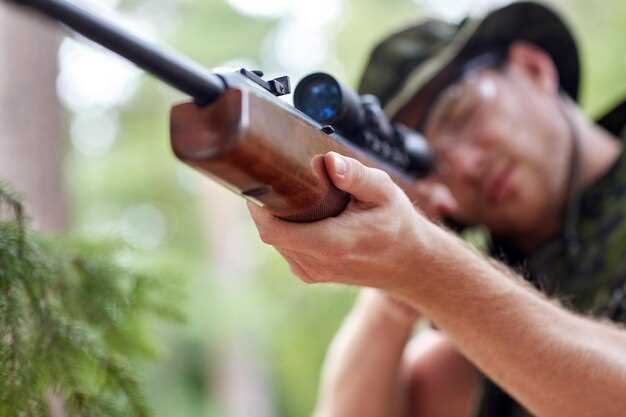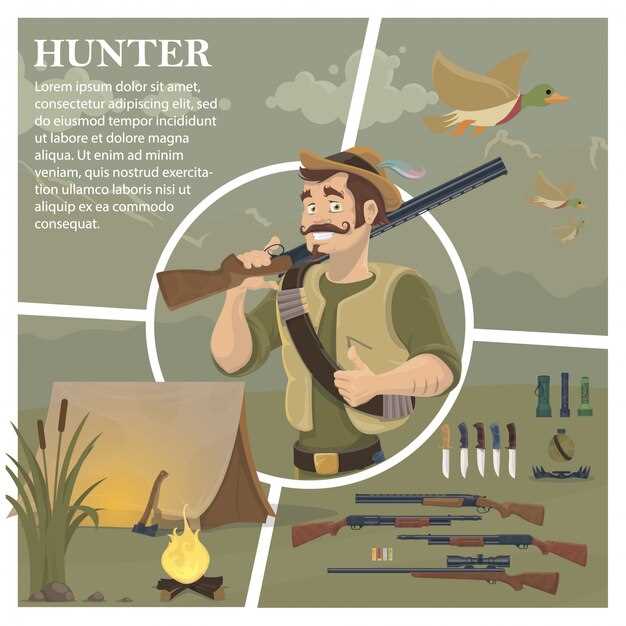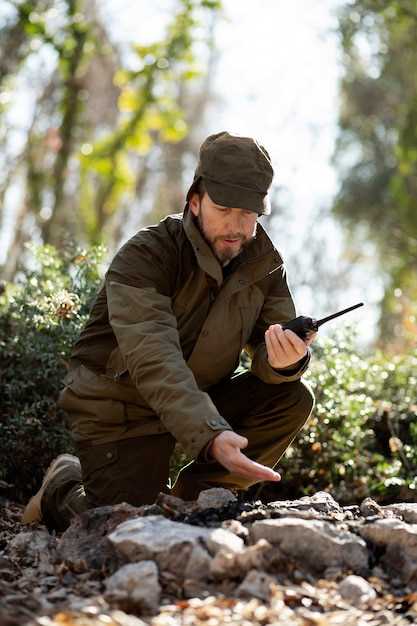
When engaging in hunting activities, prioritizing safety is not just a recommendation but a necessity. The use of a gun in the wilderness demands a high level of responsibility and awareness, ensuring not only your own safety but also the safety of others around you. Understanding essential firearm safety practices can significantly reduce risks and prevent accidents.
Proper education and training play critical roles in promoting safe gun handling practices. Hunters must familiarize themselves with their firearms, learning how to operate, store, and care for them correctly. It’s important to remember that a gun should always be treated as if it is loaded, reinforcing a mindset of caution and preparedness at all times.
Additionally, maintaining situational awareness while hunting is vital. This involves being conscious of your surroundings, including other hunters, wildlife, and the terrain. Implementing basic safety rules, such as keeping the muzzle pointed in a safe direction and verifying the target before pulling the trigger, can drastically enhance your safety and that of others. By adhering to these guidelines, you can ensure a more enjoyable and secure hunting experience.
Understanding the Basics of Firearm Handling

Safe firearm handling is crucial in hunting to ensure the well-being of both the hunter and those around them. Understanding the fundamental principles of handling a gun can significantly reduce the risk of accidents. First and foremost, always treat every firearm as if it is loaded. This mindset promotes caution and respect for the weapon’s potential danger.
Secondly, point the gun in a safe direction at all times. This means the muzzle should not be directed towards any person or anything that is not intended as a target. Maintaining control over where the gun is aimed prevents tragic incidents, even during moments of carelessness.
Before handling a gun, it is essential to understand its operation, including loading, unloading, and basic maintenance. Familiarize yourself with the specific model you are using for hunting, as different firearms operate differently. Always check the gun’s safety mechanisms and understand how to use them properly.
While hunting, maintaining situational awareness is critical. Be aware of your surroundings, including the location of other hunters and any potential obstacles. This awareness helps prevent accidental discharges and ensures responsible firearm use.
Additionally, practice proper loading and unloading techniques away from the field. Develop the habit of ensuring the gun is clear of ammunition before entering a vehicle or a designated safe area. Regularly practicing these skills enhances muscle memory, promoting safer gun handling under pressure.
Lastly, always use appropriate ammunition for your hunting needs. Incorrect ammunition can lead to malfunctions or misfires, increasing the risk of accidents. Ensure compatibility with your firearm and adhere to the manufacturer’s recommendations. Doing so not only enhances performance but also promotes a safer hunting experience.
Choosing the Right Safety Gear for Hunting
Safety gear is essential for anyone who participates in hunting activities. Proper equipment not only enhances your safety but also improves your overall hunting experience. When selecting safety gear, consider the following items and their importance.
First and foremost, wearing high-visibility clothing is crucial. Bright colors such as orange or fluorescent yellow make you easily identifiable to other hunters, reducing the risk of accidental shootings. Many hunting accidents occur during low visibility conditions; hence, bright clothing is paramount for safety.
Next, hearing protection should not be overlooked. Firearms can produce loud gunshots that can cause permanent hearing damage. Investing in high-quality earplugs or earmuffs that are specifically designed for shooting will safeguard your hearing while still allowing you to communicate effectively with your hunting partners.
Footwear is another vital aspect of safety gear. Sturdy, water-resistant boots provide the necessary support and traction on uneven terrain. This reduces the likelihood of slips and falls, especially in muddy or wet conditions. Make sure your boots fit well to prevent blisters during long hunts.
Eye protection is equally important. Shooters should wear safety glasses to shield their eyes from debris and potential projectiles. This is particularly crucial in areas with dense vegetation or during the firing of high-powered rifles where fragments may ricochet.
Finally, a first aid kit is an indispensable part of your safety gear. Accidents can happen even with the best precautions, so being prepared for minor injuries can make all the difference. Include essentials like bandages, antiseptics, and any personal medications within your kit.
By carefully selecting the appropriate safety gear for hunting, you ensure not only your own safety but also that of those around you. Always remember that responsible hunting goes hand in hand with proper precautions.
Maintaining Your Firearm for Optimal Performance

Proper maintenance of your gun is essential for ensuring its reliability and safety while hunting. Regular inspection and cleaning can prevent malfunctions that may occur during a critical moment. First and foremost, always follow the manufacturer’s guidelines for your specific firearm model to ensure you are using appropriate cleaning products and techniques.
Start with a thorough cleaning after each use. Remove any residue from ammunition combustion, which can accumulate in the barrel and action over time. Use a cleaning rod, appropriate brushes, and patches to clean the bore. This process helps to maintain accuracy and overall performance. Pay close attention to the chamber and extractor, as these areas can trap debris that may affect performance.
Lubrication is another crucial aspect of firearm maintenance. Apply oil sparingly to moving parts, ensuring that any excess does not attract dirt and grime. Regularly check the condition of your gun’s finish, as scratches or rust can compromise its integrity. If you notice any wear or damage, address it immediately to avoid further deterioration.
In addition to cleaning and lubrication, store your firearm properly. Use a secure, dry environment to prevent moisture build-up, which can lead to corrosion. Investing in a quality safe or case can also protect against accidental damage and unauthorized access.
Lastly, periodically perform a function test to ensure that all parts operate smoothly. This includes checking the trigger, safety mechanism, and sights. By maintaining your firearm diligently, you not only enhance its performance but also ensure a safer hunting experience for yourself and others.